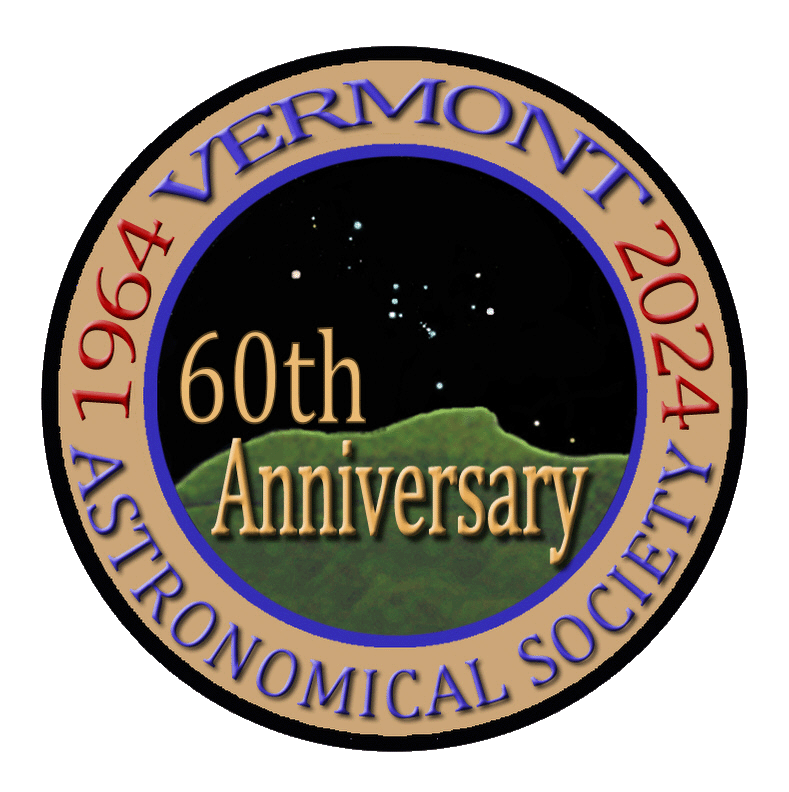I was very pleasantly surprised the clouds broke around 10:00 pm last night (or maybe before) so I took advantage of the time to test out a new filter (Antlia RGB Triband Ultra) as well as a 0.7x reducer for my Askar 107PHQ.
I decided to image the Rosette Nebula in Monoceros since I hadn't done this before. This Nebula is actually a complex that contains four different nebulae (NGC 2237, 2238, 2239, and 2246) as well as an open cluster of young, hot stars at the center (NGC 2244), the radiation from which creates the central opening in the nebulae.
The moon rose about 10:18 pm and was about 90% illuminated, so it was a nice test for the triband filter.
Askar 107PHQ Petzval Quadruplet (native 749mm fL; F/7) with a 0.7x reducer (524mm fL; F/4.9)
ASI2600MC Pro (OSC camera)
ZWO AM5 mount with guiding via ASIAir Plus using an ASI178mm mini and a 60mm F4 guide scope
Antlia RGB Triband Ultra filter (H-alpha/N-II, O-III, and S-II)
300s x 7 [Total Exposure 0:35]; with dark, flat, and dark-flat frames
Pre- and post-processed Pixinsight.
I never thought I'd get any usable images after only 35 minutes of integration (when the clouds rolled in) and didn't even plan on doing any calibration frames but between the new filter and the reducer, the seven images I had looked pretty good, so I decided to do calibration frames and process the images.
I processed in Ha/O-III and also tried my hand at processing in HOO (a Hubble-like palette).
Wow, Greg!
That's a darn fine image, X2. The clouds favored you, no doubt!
-P-
@peter-gillette Thanks, Peter! After I got home from our grandkids it was completely overcast and I figured the night was a bust. Then I made the 'mistake' of poking my head outside before I went to bed. Ugh. Shouldn't ever do that!! 🙂
Greg

